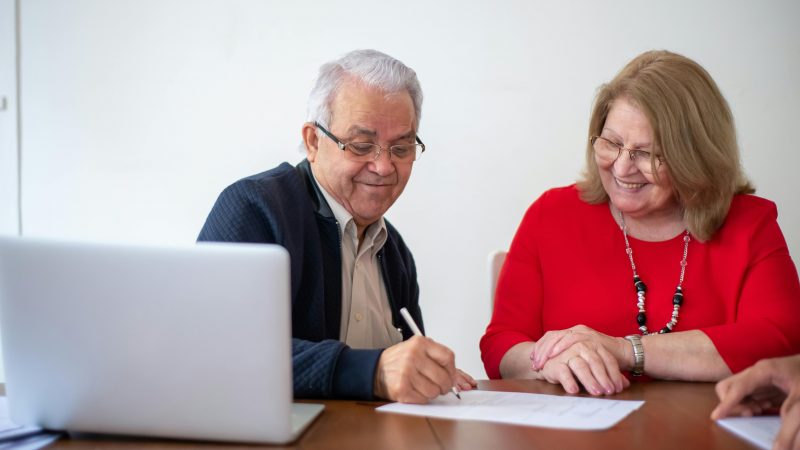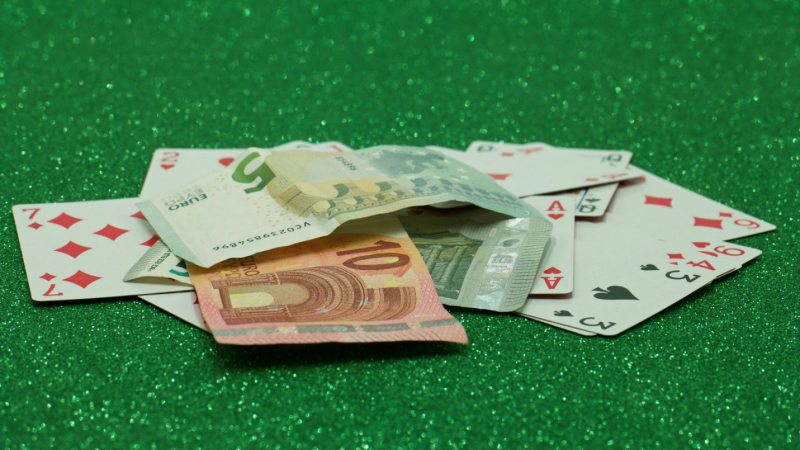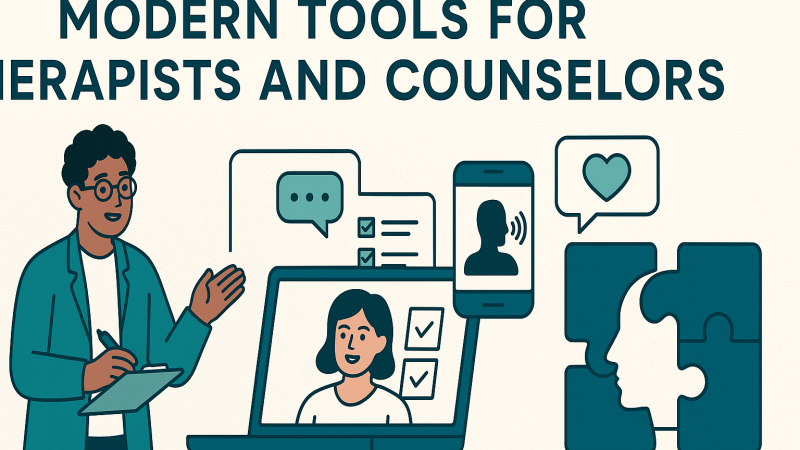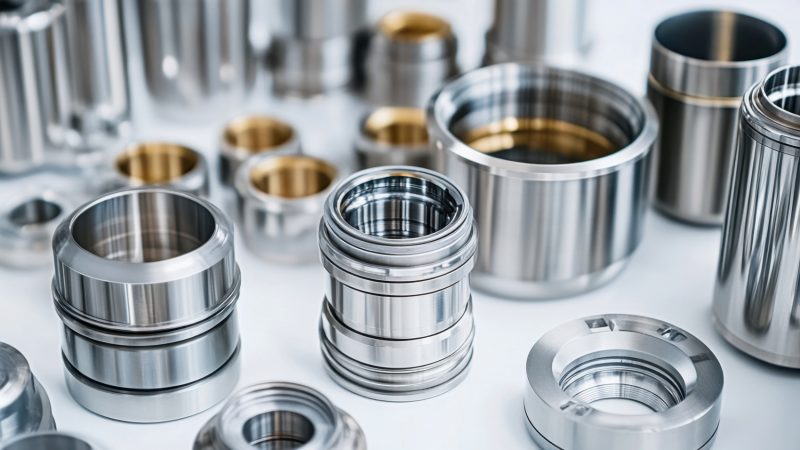Are Gay Lifestyles Drastically Different From Straight Lifestyles?
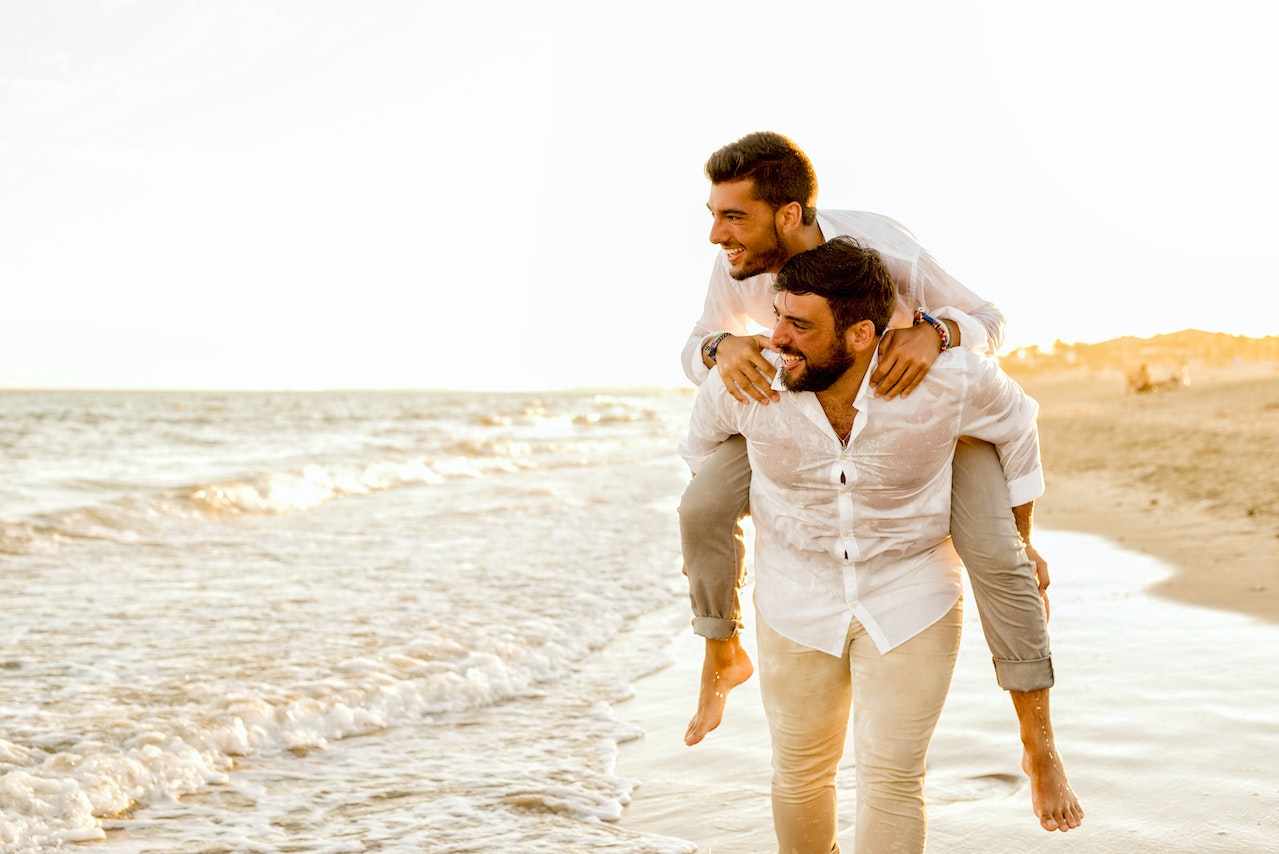
In a world where labels often precede understanding, it is essential to dig deep and ask: are the lifestyles of gay individuals genuinely so different from those of their straight counterparts? While the LGBTQ+ community has its own set of trials, tribulations, and triumphs, most aspects of their lives mirror those of straight individuals. Here, we dive into these parallels and distinctions.
Identity and Self-Expression
A significant area where differences emerge is in the journey of self-identity and expression. Many gay individuals undergo the unique process of “coming out.” This is not just about announcing one’s sexuality; it is a deeply personal journey of understanding, acceptance, and declaration. It entails grappling with internal feelings, societal expectations, and potential prejudices. This journey can be fraught with challenges, from self-doubt to external backlash, but it can also lead to profound personal growth.
For many heterosexual individuals, this specific process of self-reckoning may be irrelevant or unfamiliar. As a result, they may not feel the need for sexual agency or gender expression in the same way as a gay person. In the pursuit of authenticity in self-expression and identity, gay individuals may dress and present themselves in ways that confront traditional gender norms and expectations. This can be challenging for some and invite judgment from others.
Intimacy and Romance
One of the most pervasive misconceptions about gay individuals revolves around their intimate lives. Media portrayals, anecdotes, and explicit content available on the internet might give the impression that gay relationships revolve around sex, and often a kind that is seen as “kinky” or “risky” to outsiders. But—shock and awe—not all gay people spend their days up to their elbows in gay fisting parties. Not that there is anything wrong with adventurous sexual exploration, mind you.
But, while it is undeniable that every community has its spectrum of desires and practices, it is reductionist to characterize gay relationships by those aspects alone. Just like in straight relationships, intimacy in gay relationships ranges from tender and romantic to passionate and exploratory. Furthermore, it is important to note that not all gay individuals engage in non-monogamous relationships or casual sex. Most gay couples base their relationships on mutual respect, trust, and emotional connection.
Relationships and Chosen Families
Historically, the gay community faced barriers in areas like marriage and adoption. With changing laws and increasing societal acceptance, these barriers are gradually diminishing. Today, gay couples raise children, care for their elders, and deal with the same challenges of relationships and parenting as straight couples. However, it is still important to note that in many countries and jurisdictions, rights and legal recognition for same-sex couples and their families are still limited.
At the same time, there is a distinctive element to many gay relationships: the concept of the “chosen family.” Due to ostracization from their biological families or the lack of acceptance from their communities, many gay individuals have found solace and support in friends and mentors who become like family. These chosen families provide the emotional support and love that may be missing from their biological or legal family structures. These chosen families provide an essential sense of belonging and acceptance.
Social and Cultural Landscapes
The gay community, having developed in the shadows of mainstream society for much of history, has a rich blend of traditions, art, music, and symbols. From the significance of the Pride symbols to unique events like drag shows and ballroom culture, the gay community has carved out spaces that celebrate its identity, resilience, and diversity. These cultural markers are not just about revelry; they are acts of defiance, of pride, and of solidarity in the face of decades of prejudice and discrimination.
Meanwhile, straight culture is often considered the mainstream due to its dominance in societal narratives. It sets many of the standards and norms that are widely accepted, and its cultural events, traditions, and symbols often reflect long-standing societal traditions and expectations that may not fully capture the experiences and perspectives of the LGBTQ+ community. That said, the straight community is not monolithic, and elements of gay culture are increasingly being embraced and celebrated in heteronormative society.
Prejudice and Shared Struggles
For gay individuals, facing prejudices is an unfortunate but familiar aspect of life. These prejudices manifest in many forms, from casual microaggressions and derogatory slurs to systemic discrimination and outright violence. Even in nations where gay rights have advanced, subtle forms of bias persist in workplaces, healthcare institutions, and familial settings. This discrimination often forces gay individuals to be vigilant, to mute aspects of their identity, and to navigate the world with an added layer of caution.
Drawing parallels, people of color and those from minority cultures experience a similar spectrum of prejudices. Whether it is racial profiling, cultural stereotyping, or systemic barriers erected by ingrained biases, these communities also grapple with a world that frequently casts them as “other.” Recognizing these shared experiences can foster solidarity and empathy, encouraging intersectional efforts to challenge and dismantle the biases and systems that perpetuate such prejudices.
Conclusion
So, are gay lifestyles drastically different from straight ones? In many foundational aspects, the answer is no. While they may face more barriers and challenges, gay individuals seek love, success, acceptance, and fulfillment, like anyone else. Perhaps the question should not be about comparing but about understanding and valuing the beautiful diversity of human experiences.

